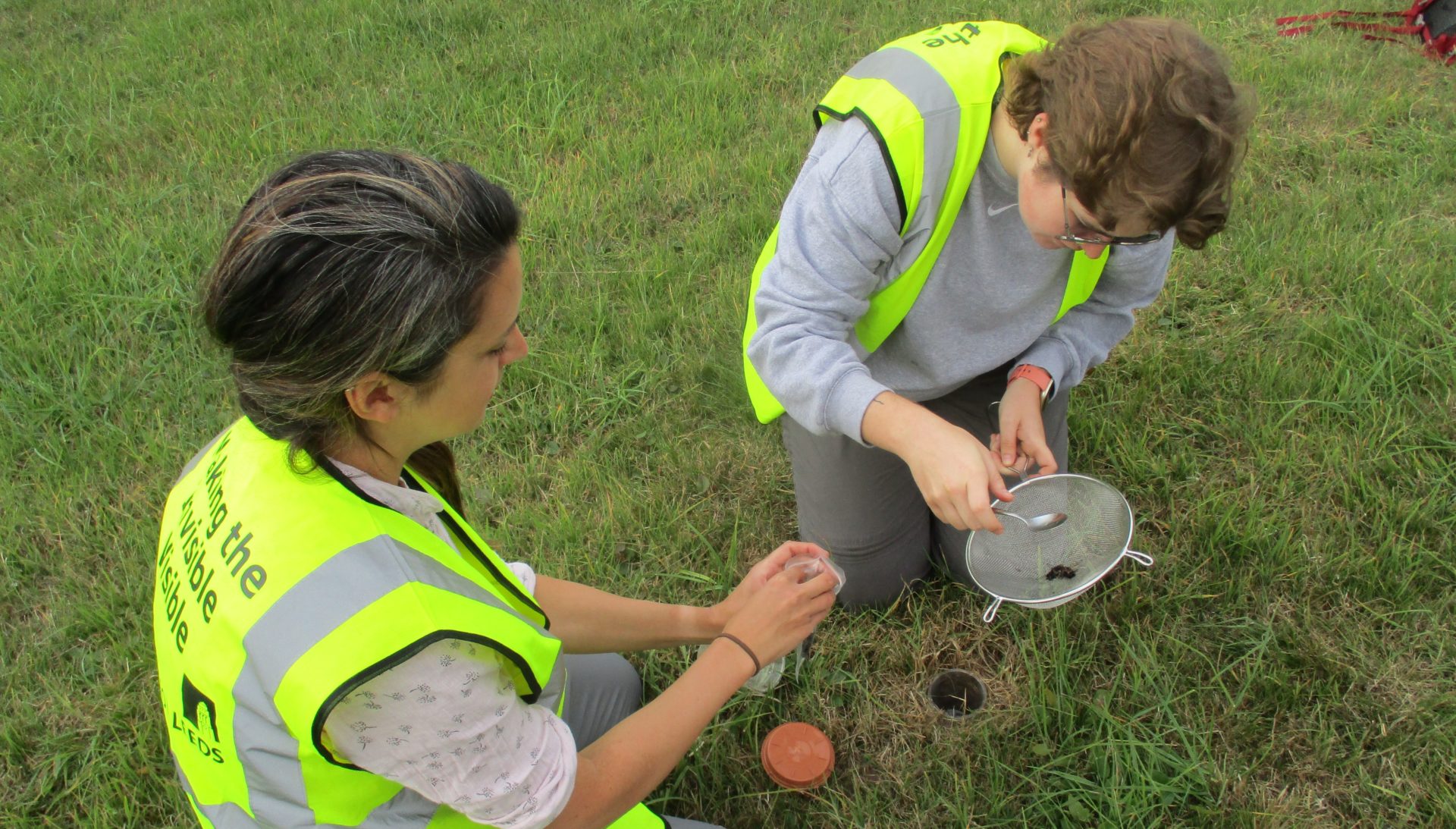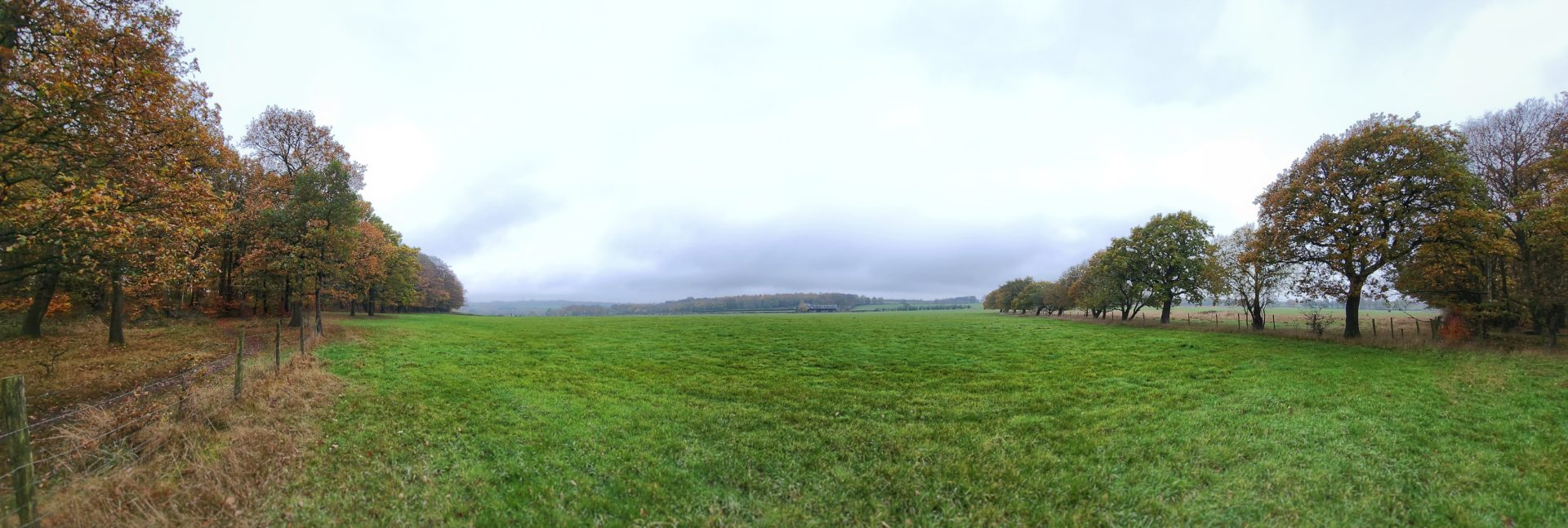Animal surveys at Gair Wood
by Alana Thornton (@Ecologicalana | LinkedIn)
This Summer I joined the University of Leeds woodland creation project, researching the diversity of animals currently found in the grassland habitat that is destined to become Gair Wood. The University are working in partnership with the United Bank of Carbon (UBoC) to plant ~60,000 trees on 37 hectares of university-owned grassland just north of Leeds. Gair Wood is already an exciting hotspot of ecological research, and the trees are not even in the ground yet!
 My research explores the presence and diversity of birds, butterflies, and ground-dwelling invertebrates. Surveys were carried out pre-planting in Summer 2022 and, once the trees have been planted in early 2023, I will return to the site and collect post-planting data. This will generate baseline data as a foundational reference for continued study while the habitat transitions from a grassland into an established woodland.
My research explores the presence and diversity of birds, butterflies, and ground-dwelling invertebrates. Surveys were carried out pre-planting in Summer 2022 and, once the trees have been planted in early 2023, I will return to the site and collect post-planting data. This will generate baseline data as a foundational reference for continued study while the habitat transitions from a grassland into an established woodland.
Data collection
Ground-dwelling invertebrates were collected in pitfall traps, installed in different proposed planting regimes. Traps were in the ground over two weeks in August-September and invertebrates were then identified in the laboratory. Whilst in situ, the traps collected 685 individual invertebrates, including organisms from 11 different orders, 37 different families and 56 different species. Species were mostly categorised into the Araneae (spiders), Diptera (flies) and Coleoptera (beetles) families, in descending order of species diversity, respectively. No rare or endangered species were identified in this survey.
The positioning of sample locations was decided by the proposed planting regimes, determined in the planning of the woodland project. Planting regimes differ in the density and species composition of the trees going into the ground, e.g., high density versus low density. Once the woodland is established, having samples from different regime locations will allow insight into whether this variable affects the presence and diversity of animals in each area.
To survey birds and butterflies on site, I established and walked transects spanning across regimes and fields with the assistance of another student, Ben Hodgson. Birds were identified through sight and sound, and butterflies were identified through sight alone. One day of bird surveying found 134 individual birds from 12 different species. This survey provided a very general idea of the birds present on site, with mostly wood pigeons and crows observed. Unfortunately, the butterfly survey yielded insufficient and low diverse data – finding only five individuals in total. Although this initial data collection was not representative of everything that might be living on site, it provides a general idea of species presence and diversity in the grassland habitat, soon-to-be, Gair Wood.

Next year
The post-planting data is expected to be more comprehensive and carried out over a longer period with more replicates. The aim is to generate a reliable baseline account of the presence, distribution, and diversity of birds, butterflies, and other invertebrates within a transitioning habitat.
It is expected that it may take time for species composition to adjust whilst the habitat transitions from a disturbed grassland to a young woodland. Between pre- and post-planting, little change is expected to be observed in species composition. However, ground disturbance, removal of any tall vegetation, and presence of young trees may impact species abundance and distribution.

Outcomes and impact
There are many practical benefits of my research for the woodland creation project. Baseline data collection and analysis can pave the way for future data collection year-on-year whilst the woodland establishes itself. As the data collection started before planting, this presents a long-term record of faunal change over time which could help to inform future tree planting projects. The data will also help to explore how the density and tree species composition can impact bird, butterfly, and ground-dwelling invertebrates’ presence and diversity.
The creation of a new woodland outside North Leeds will provide a stepping-stone between two established woodlands, close to Eccup reservoir. Once established, Gair Wood will increase the local area of woodland habitat, providing a potential haven for local wildlife amongst the agricultural and urban landscapes around Leeds.
